10 Best Herbal Baths For Insect Bites

Herbal baths can be an effective and soothing remedy for relieving the discomfort of insect bites.
Certain herbs, such as lavender, chamomile, and echinacea, are known for their anti-inflammatory and antiseptic properties, which can help reduce swelling, itching, and the risk of infection. To prepare a herbal bath, simply steep a handful of dried herbs in boiling water, let it cool, and then add it to a tub of warm water. Soaking in this herbal bath for 15 to 20 minutes can provide relief and promote healing.
This natural approach is especially appealing for those seeking alternatives to over-the-counter creams or medications.
FREE Herb Drying Checklist
How to make sure every batch retains maximum flavor, color, and aroma without the risk of mold or over-drying. Eliminate guesswork and trial-and-error, making herb drying faster, easier, and more efficient every time.
Table of Contents
1. Hypericum perforatum

Hypericum perforatum, commonly known as St. John's Wort, has been traditionally used in herbal baths to alleviate the symptoms of insect bites.
The plant contains compounds such as hypericin and hyperforin, which possess anti-inflammatory and antimicrobial properties that can help reduce redness, swelling, and infection risk. To prepare a St. John's Wort bath, a handful of dried herb can be steeped in hot water and then added to a basin of warm water for soaking. This soothing remedy is believed to provide relief from itching and irritation caused by mosquito, flea, or tick bites.
However, it is important to note that St. John's Wort may interact with certain medications, so consultation with a healthcare provider is recommended before use.
2. Calendula officinalis

Calendula officinalis, commonly known as pot marigold, is a popular herbal remedy used in baths to soothe insect bites.
Its anti-inflammatory and antiseptic properties help reduce redness, swelling, and irritation caused by bites from mosquitoes, ticks, or other insects. To prepare a calendula bath, steep dried calendula flowers in hot water for several minutes, then add the infused water to a warm bath. Soaking in the bath for 15 to 20 minutes can provide relief and promote healing of the affected skin.
This natural remedy is gentle enough for most skin types and can be used as a complementary treatment alongside other first-aid measures for insect bites.
3. Lavandula angustifolia

Lavandula angustifolia, commonly known as English lavender, is often used in herbal baths to soothe insect bites due to its calming and anti-inflammatory properties.
The essential oils in lavender, particularly linalool and linalyl acetate, have natural antiseptic and analgesic effects that can help reduce redness, swelling, and itching associated with bites. Adding a few drops of lavender essential oil or dried lavender flowers to warm bath water can provide a relaxing and therapeutic experience while easing discomfort. This natural remedy is especially beneficial for those seeking alternative treatments with minimal side effects.
Regular use of lavender-infused baths can also promote skin healing and offer a pleasant aromatic experience.
4. Achillea millefolium
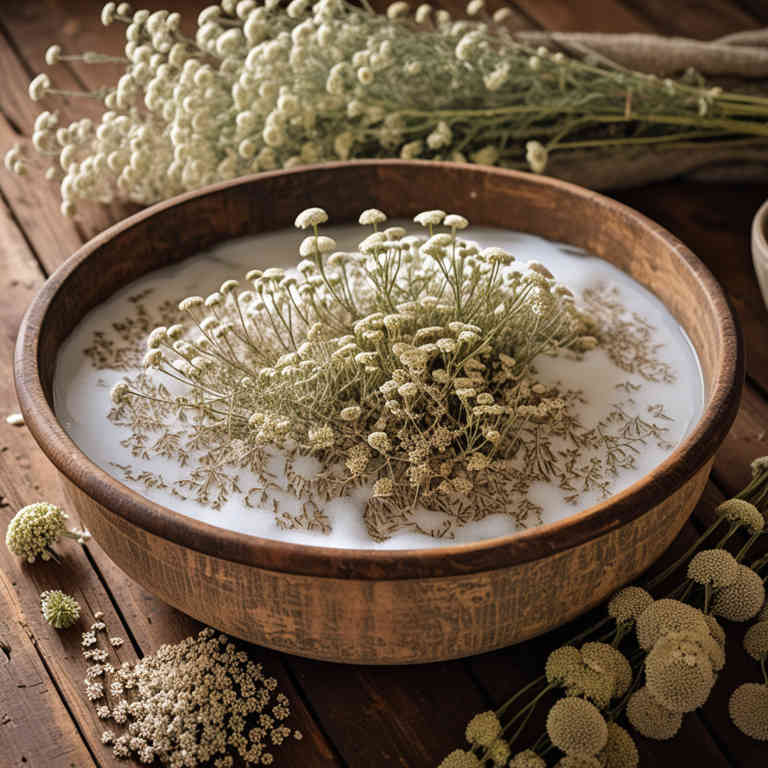
Achillea millefolium, commonly known as yarrow, has been traditionally used in herbal baths to alleviate symptoms of insect bites due to its anti-inflammatory and astringent properties.
When infused into water, yarrow can help reduce swelling, itching, and redness associated with bites from mosquitoes, ticks, or other insects. The plant contains compounds like azulene and volatile oils that may soothe the skin and promote healing. To prepare a yarrow bath, steep dried yarrow flowers in boiling water for 15-20 minutes, then cool and strain the liquid before adding it to a warm bath.
Regular use of this herbal bath can provide natural relief and support the body's recovery process from insect-related skin irritations.
5. Urtica dioica

Urtica dioica, commonly known as stinging nettle, has been traditionally used in herbal baths to alleviate the symptoms of insect bites.
The leaves of this plant contain compounds that can reduce inflammation and soothe irritated skin, making it a popular remedy for itching and redness caused by bites. To prepare an herbal bath, fresh or dried nettle leaves can be steeped in hot water and then added to warm bath water. Soaking in this bath for 15 to 20 minutes can help ease discomfort and promote skin healing.
However, it is important to ensure that the skin is not allergic to nettle before using it, as it may cause a stinging sensation in some individuals.
6. Equisetum arvense
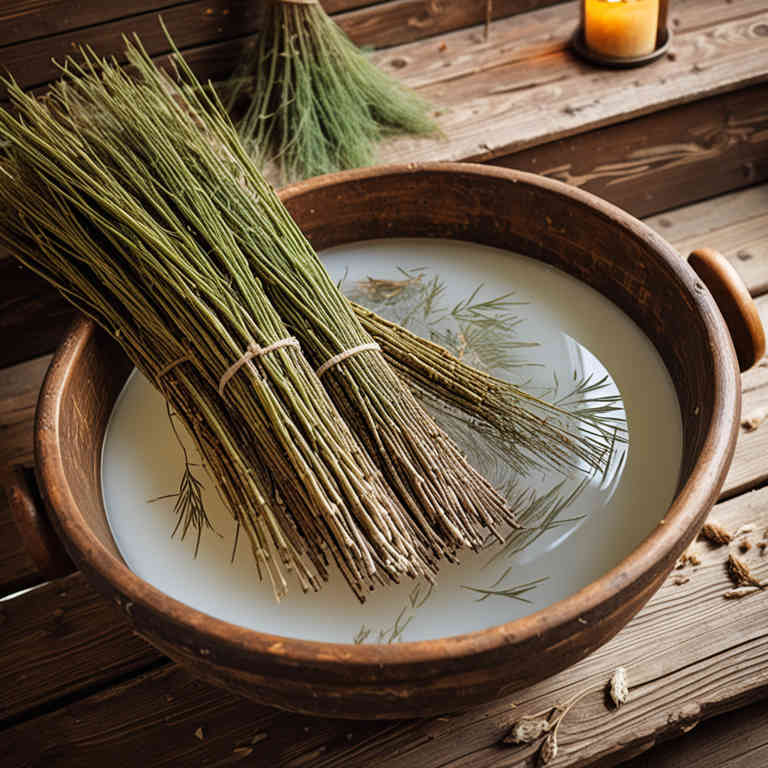
Equisetum arvense, commonly known as field horsetail, has been traditionally used in herbal baths to alleviate symptoms of insect bites.
The plant contains high levels of silica and other minerals that may help reduce inflammation and soothe irritated skin. To prepare a herbal bath, fresh or dried horsetail can be steeped in hot water and used to create a soothing soak. This natural remedy is believed to promote healing and provide relief from itching and redness caused by insect bites.
While it is generally safe, it is advisable to perform a patch test and consult with a healthcare provider, especially for those with sensitive skin or allergies.
7. Matricaria chamomilla
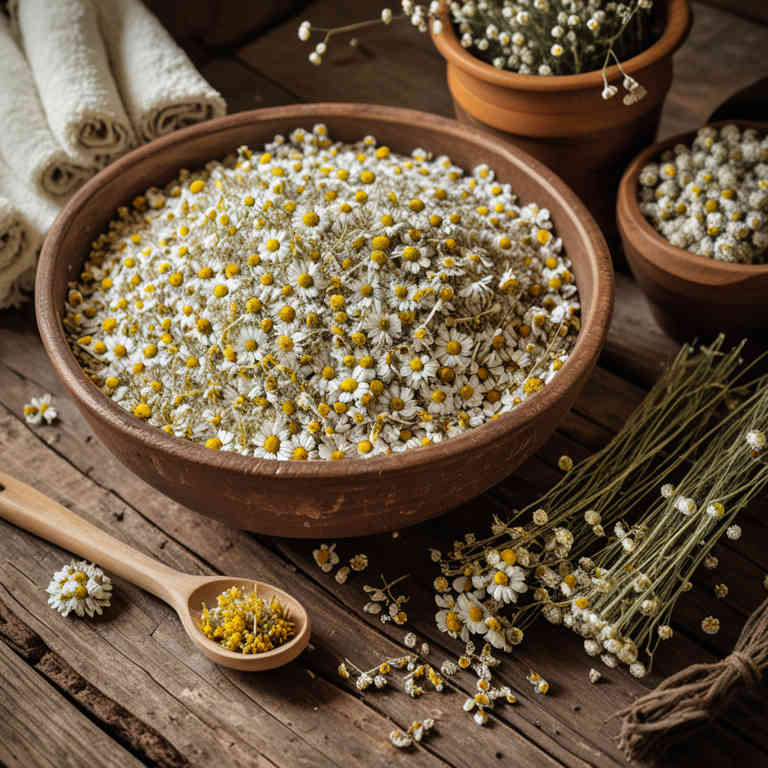
Matricaria chamomilla, commonly known as chamomile, is a popular herbal remedy often used in baths to soothe insect bites.
The essential oils found in chamomile, particularly bisabolol and chamazulene, have anti-inflammatory and antiseptic properties that can help reduce redness, swelling, and irritation caused by insect bites. A chamomile herbal bath can be prepared by steeping dried chamomile flowers in hot water and allowing the liquid to cool before adding it to a bath. This natural treatment is gentle and safe for most skin types, making it an excellent alternative to commercial insect bite remedies.
Regular use of chamomile baths can provide relief and promote faster healing of irritated skin from insect bites.
8. Melissa officinalis
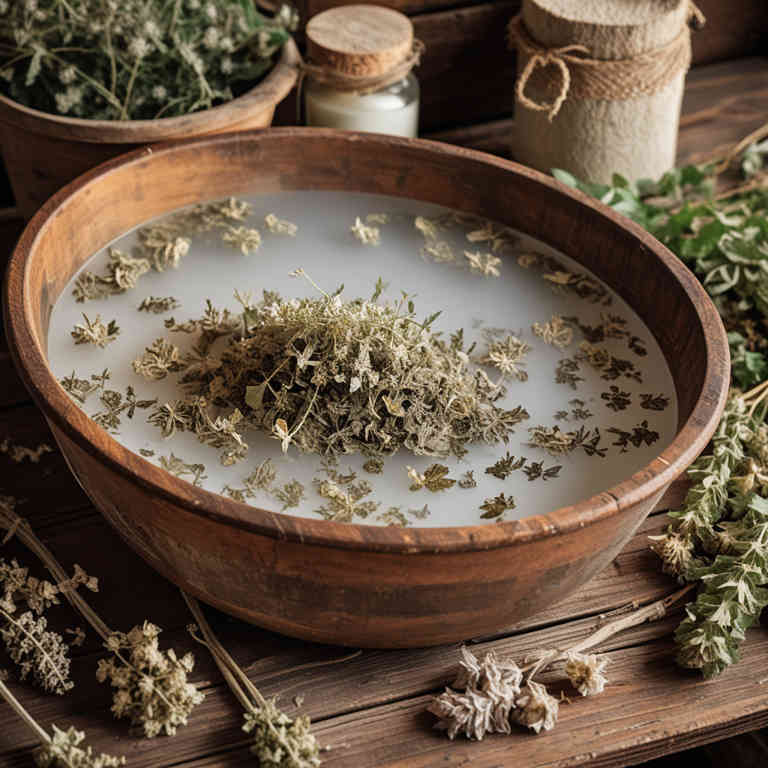
Melissa officinalis, commonly known as lemon balm, is a versatile herb that has been traditionally used for its calming and soothing properties.
When used in herbal baths, lemon balm can help alleviate the discomfort and irritation caused by insect bites by reducing inflammation and calming the skin. The essential oils and compounds in lemon balm possess mild antiseptic and anti-inflammatory qualities, making them beneficial for soothing redness and itching. To prepare a lemon balm bath, simply steep fresh or dried lemon balm leaves in hot water and then add the infusion to a tub of warm water.
Regular use of such baths can provide natural relief and promote relaxation, making it a gentle and effective remedy for insect bite symptoms.
9. Zingiber officinale
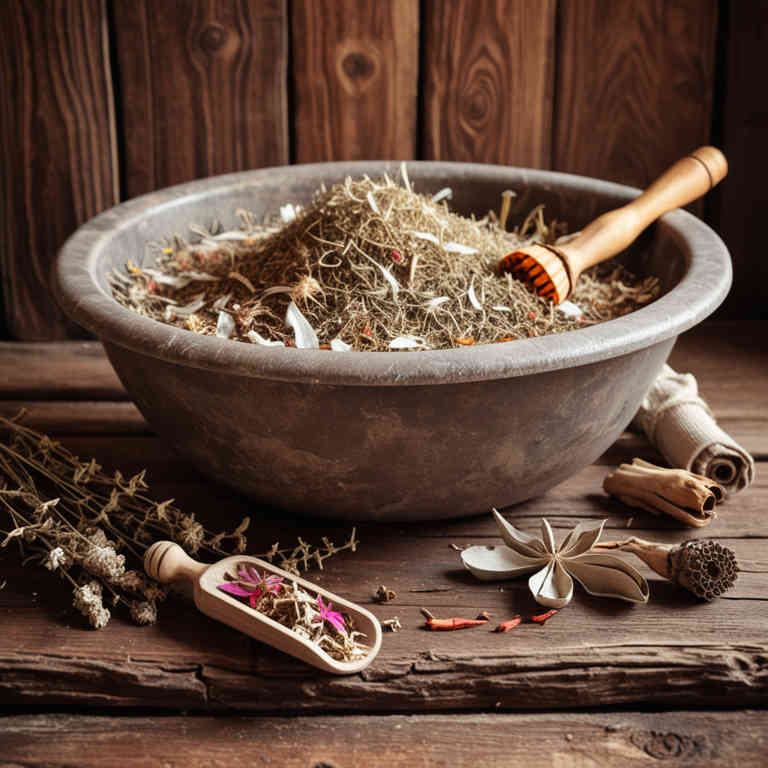
Zingiber officinale, commonly known as ginger, has been traditionally used in herbal baths to alleviate symptoms of insect bites due to its anti-inflammatory and analgesic properties.
When added to warm water, ginger can help soothe the skin and reduce swelling, redness, and itching caused by bites from mosquitoes, ticks, or other insects. The active compounds in ginger, such as gingerol and shogaol, have natural antiseptic qualities that may help prevent infection in affected areas. To prepare a ginger bath, freshly grated ginger root can be steeped in water for several minutes before adding it to a warm bath, allowing the skin to absorb its beneficial compounds.
This traditional remedy offers a natural and soothing alternative for those seeking relief from insect bite discomfort without the use of synthetic medications.
10. Rosa canina
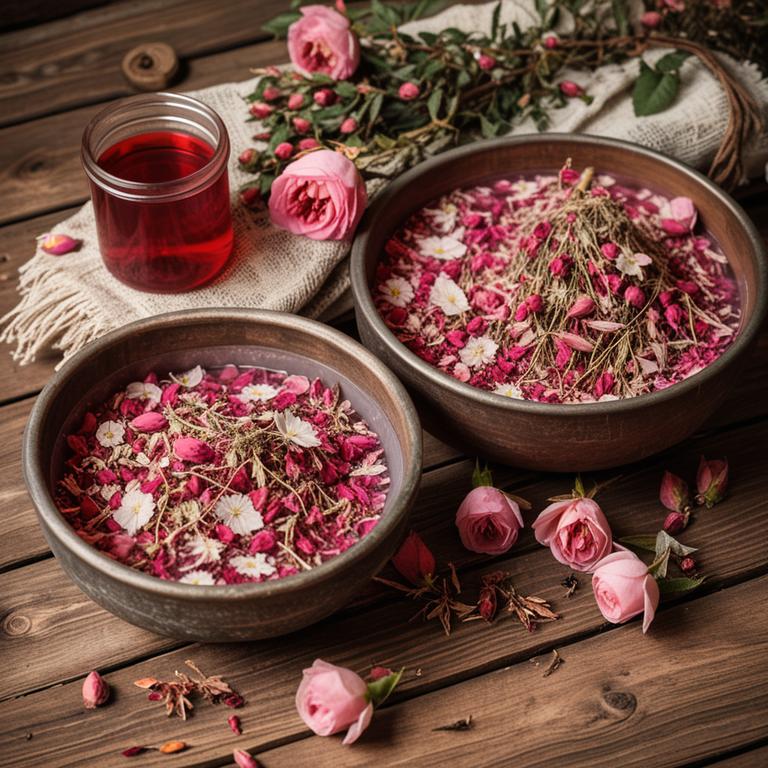
Rosa canina, also known as dog rose, has been traditionally used in herbal baths to alleviate the discomfort caused by insect bites.
The anti-inflammatory and soothing properties of rose hips help reduce redness, swelling, and itching associated with bites from mosquitoes, fleas, or ticks. To prepare a Rosa canina bath, steep the dried rose hips in hot water for several hours, then add the infusion to a warm bath. This natural remedy is gentle on the skin and can be used as a calming treatment after spending time outdoors.
Incorporating Rosa canina into a bath routine not only provides relief but also promotes overall skin health and relaxation.